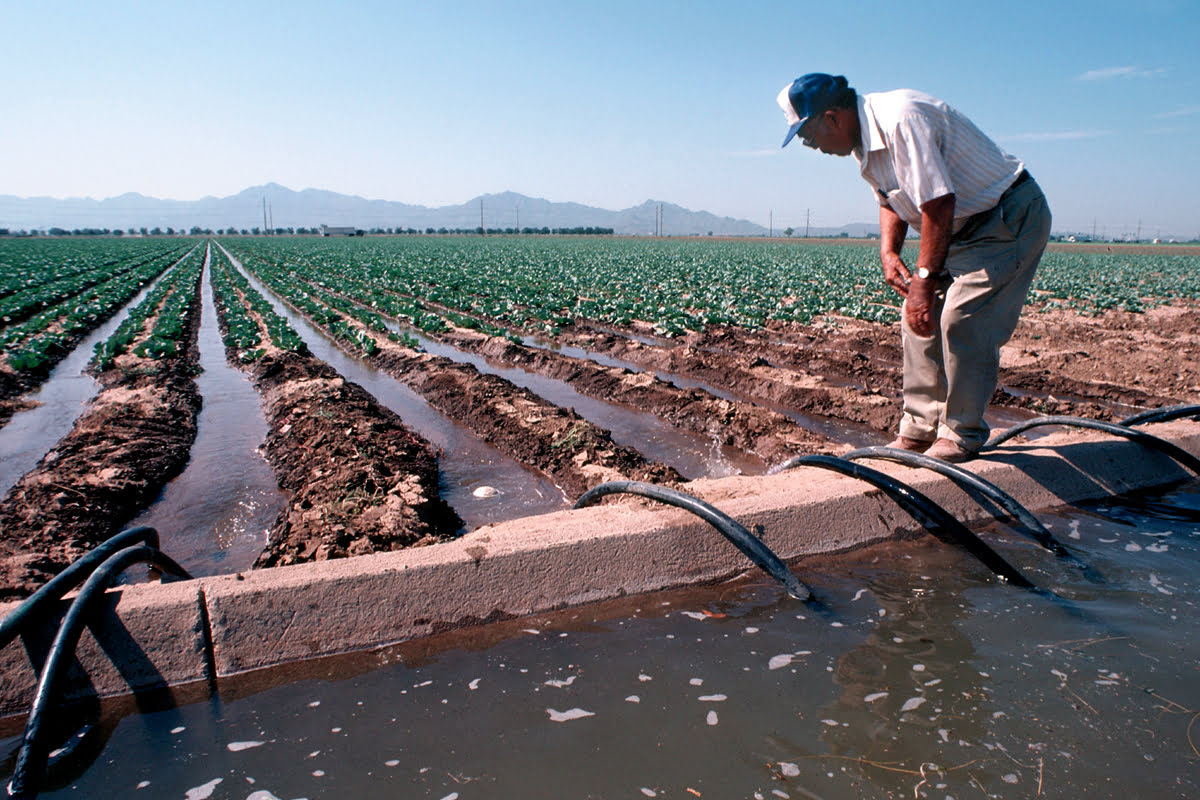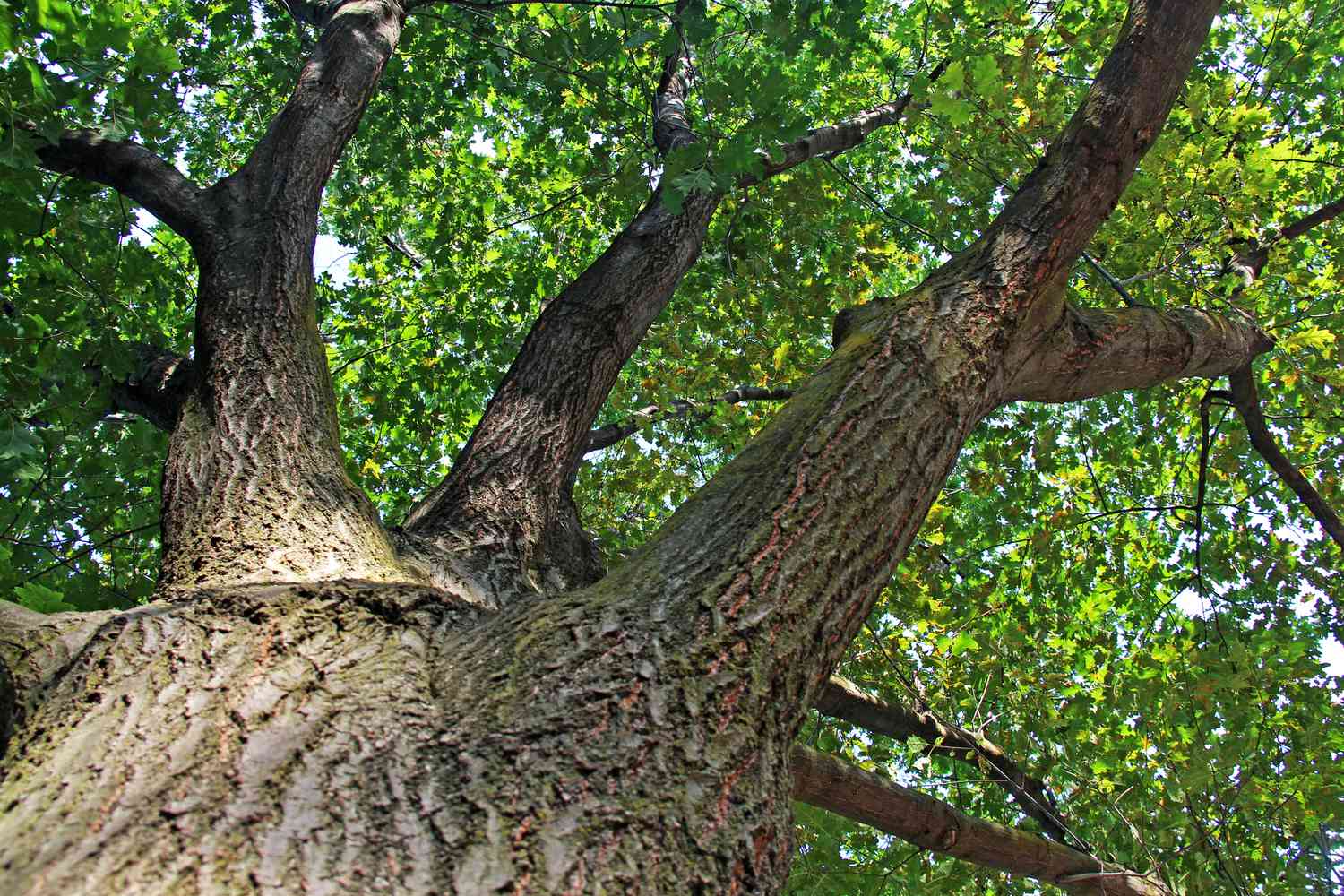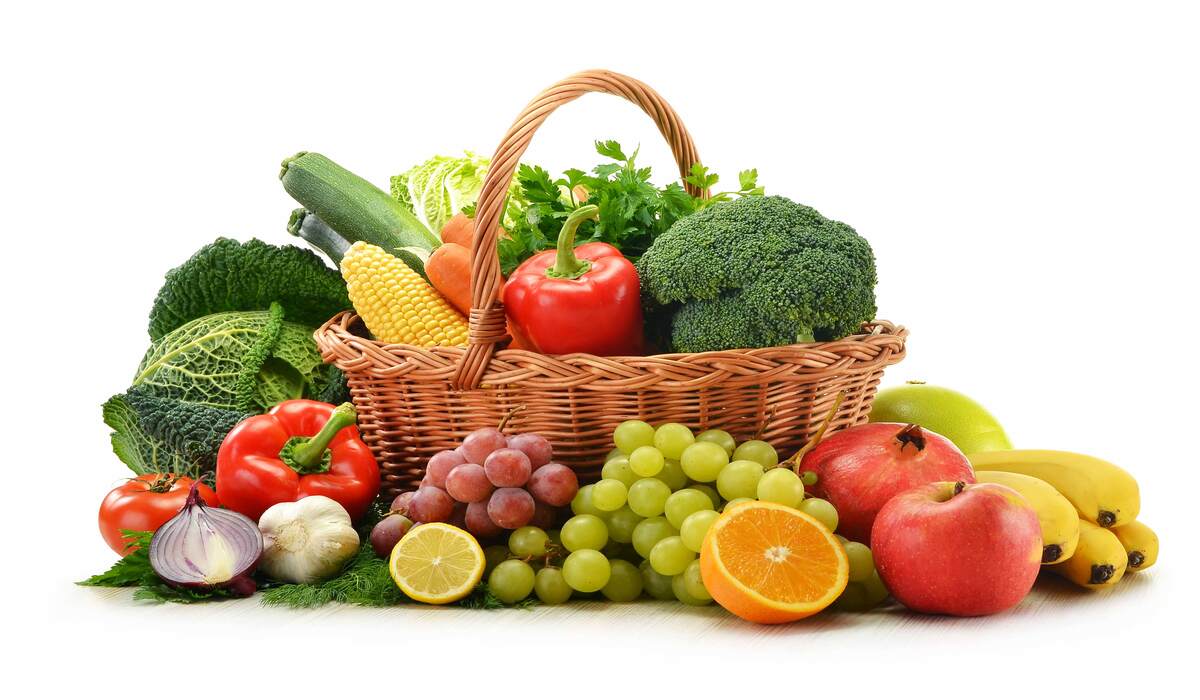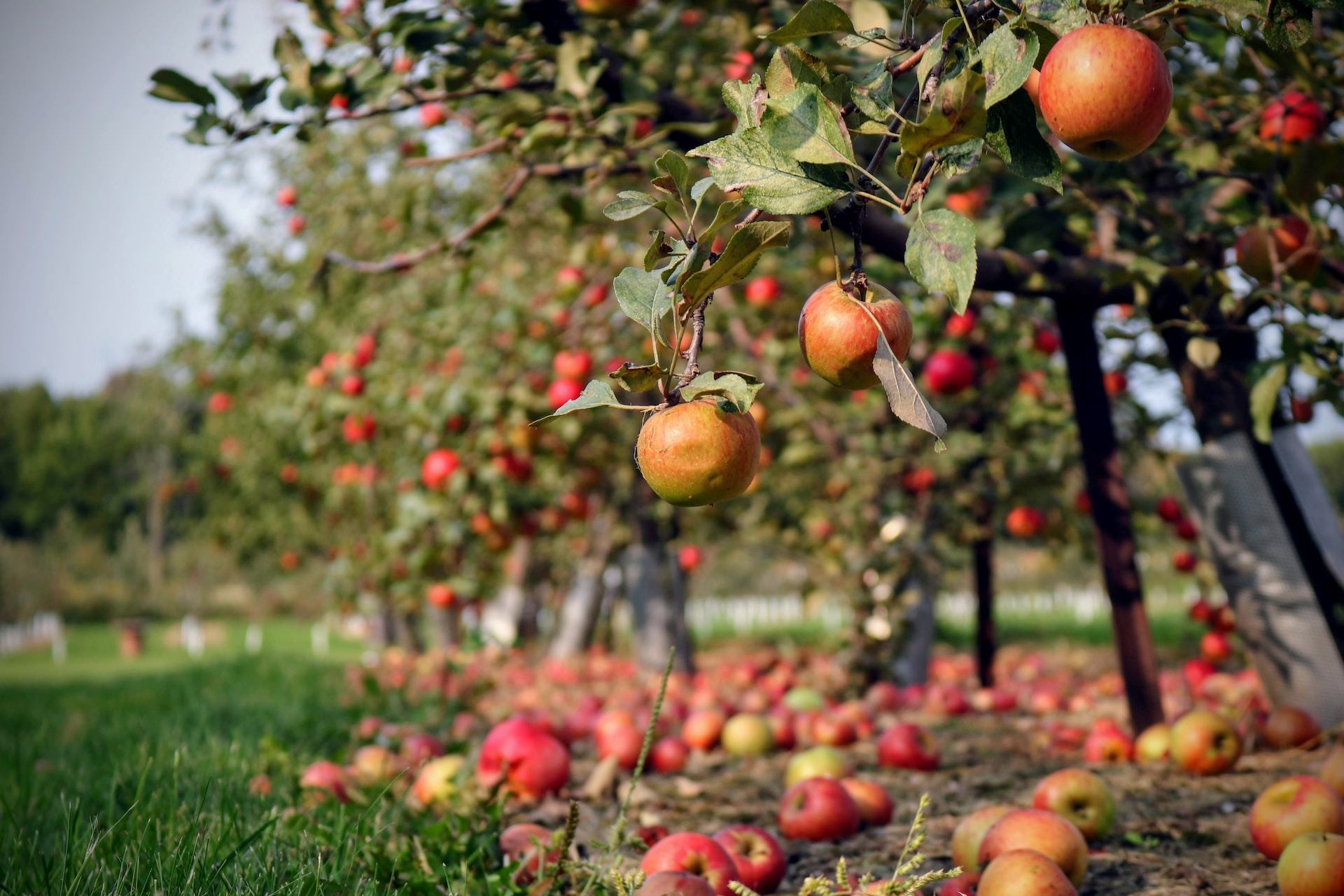Home>Gardening News and Trends>Latest News>Where Do Fruits And Vegetables Come From
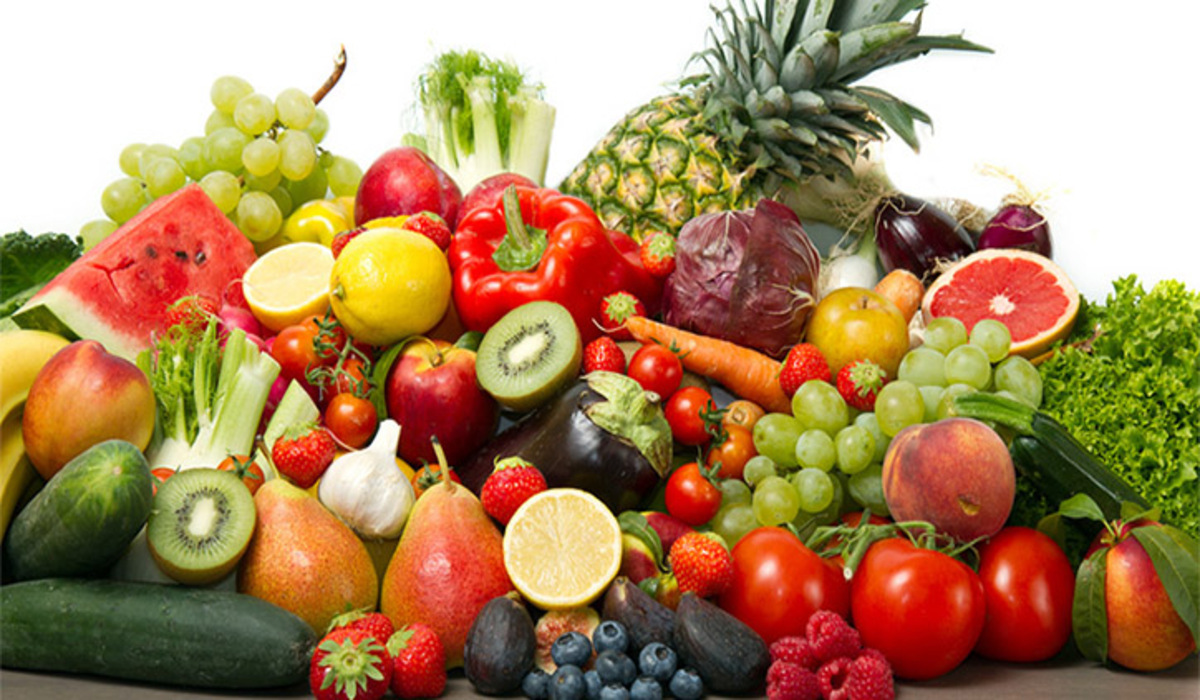

Latest News
Where Do Fruits And Vegetables Come From
Modified: January 22, 2024
Discover the latest news on where fruits and vegetables come from. Stay updated on the origins and production of your favorite fresh produce.
(Many of the links in this article redirect to a specific reviewed product. Your purchase of these products through affiliate links helps to generate commission for Chicagolandgardening.com, at no extra cost. Learn more)
Table of Contents
Introduction
Welcome to the fascinating world of fruits and vegetables, where an assortment of flavors, colors, and textures awaits us. Whether you’re munching on a juicy apple or savoring the crispness of a cucumber, have you ever wondered where these delightful produce items come from? In this article, we will delve into the origins of fruits and vegetables, exploring their journey from seed to supermarket.
Fruits and vegetables have been essential parts of the human diet since time immemorial. They provide vital nutrients, vitamins, and minerals that nourish our bodies and contribute to our overall well-being. While many of us enjoy these natural treasures on a daily basis, it’s easy to take for granted the incredible journey they take before reaching our kitchen tables.
Have you ever pondered over the origin of your favorite fruits? Or perhaps wondered about the cultivation techniques used to grow those fresh vegetables in your garden? Understanding the source of our fruits and vegetables not only satisfies our curiosity but also allows us to appreciate the immense effort and care that goes into cultivating them.
In this article, we will explore the origins of both fruits and vegetables, shedding light on their unique characteristics and the diverse regions they come from. We’ll also delve into the cultivation techniques employed by farmers to bring these natural wonders to our plates. Additionally, we’ll discuss the importance of knowing the source of our fruits and vegetables and how it can positively impact our health and the environment.
So, join us on this journey of exploration through the vast world of fruits and vegetables. Let’s uncover the fascinating origins and cultivation methods behind these nature’s gifts and gain a deeper appreciation for the nourishment they provide.
The Origin of Fruits
Fruits have their roots in the wonderful world of flowering plants. They are the mature ovaries of flowering plants, containing seeds that enable reproduction. These vibrant and delectable edibles can be found in various shapes, sizes, and colors, each with its own distinctive flavor profile.
The origins of fruits can be traced back millions of years to the evolution of flowering plants, also known as angiosperms. These plants developed an ingenious way to attract pollinators, such as bees and butterflies, by producing nectar and colorful, fragrant flowers. The process of pollination occurs when the pollen grains from the male reproductive organs of a flower are transferred to the female reproductive organs, leading to fertilization.
After fertilization, the ovary of the flower starts to develop into a fruit. The fruit acts as a protective covering for the seeds, providing them with an ideal environment for growth and dispersal. Fruits come in various types, including berries, drupes, pomes, and citrus fruits, each with its unique botanical classification and characteristics.
The source of fruits varies depending on the species. Some fruits are native to specific regions of the world, while others have been cultivated and domesticated over centuries. For instance, the mango, a tropical fruit, originated in South Asia and is now enjoyed worldwide. On the other hand, apples, which belong to the rose family, are believed to have originated in Central Asia and have been cultivated for thousands of years.
The diversity of fruits is not only limited to their origins but also extends to the abundance of flavors and nutritional benefits they offer. From the tanginess of citrus fruits to the sweetness of melons, each fruit has its unique combination of vitamins, minerals, and dietary fiber. Incorporating a variety of fruits into our diet ensures a wide range of nutrients and contributes to a healthy and balanced lifestyle.
As we explore the origin of fruits, we gain a deeper understanding of the intricate relationship between plants, pollinators, and the environment. It showcases the biodiversity of our planet and reminds us of the interconnectedness of all living organisms.
Now that we’ve dived into the fascinating origins of fruits, let’s turn our attention to the cultivation techniques employed to bring these delightful treats to our tables.
Cultivation of Fruits
Bringing a delicious and nutritious fruit from its origin to our grocery store shelves involves a meticulous process of cultivation. The cultivation of fruits requires knowledge, skill, and dedication from farmers and horticulturists who work tirelessly to ensure optimal growing conditions.
One of the crucial steps in fruit cultivation is selecting the right location for cultivation. Different fruits have specific soil and climate requirements. Some thrive in tropical climates, while others prefer temperate regions. Farmers must consider factors such as temperature, sunlight, rainfall, and soil composition to create an ideal environment for the fruit plants to thrive.
After selecting the suitable location, the next step is propagating the fruit plants. This can be done through various methods such as seeds, cuttings, or grafting. Seeds are commonly used for plants that produce fruits with significant variation, while cuttings and grafting allow farmers to reproduce plants with desirable characteristics from existing ones.
Once the fruit plants have been propagated, they are carefully planted in the prepared soil. Farmers provide regular irrigation and nutrient supplementation to support healthy growth. They also monitor pests and diseases, employing organic and integrated pest management practices to minimize damage and reduce the use of harmful chemicals.
As the plants mature, farmers employ techniques to promote proper fruit development. This includes pruning to shape the plant and enhance airflow, thinning the fruit clusters to ensure optimal size and quality, and providing trellises or support structures for trailing plants like grapes.
Harvesting is a critical step in fruit cultivation. Timing is crucial to ensure that the fruits are picked at the peak of ripeness. Some fruits, like bananas or avocados, are harvested when they are still green but will ripen off the plant. Others, such as berries or citrus fruits, need to be fully ripe before harvesting. Farmers carefully handpick the fruits, ensuring minimal damage and preserving their quality.
After harvesting, the fruits are sorted, cleaned, and packaged for distribution. Depending on the type of fruit, they may go through grading processes to ensure uniformity in size and quality. Cold storage and transportation methods are employed to maintain freshness and prolong shelf life.
The cultivation of fruits is not only a labor-intensive process but also requires knowledge of plant biology and agricultural techniques. It is a delicate balance between nature and human intervention to create the perfect conditions for fruit plants to thrive and produce bountiful harvests.
Now that we have explored the intricacies of fruit cultivation, let’s shift our focus to the origin of vegetables and discover the diverse range of edible plants that grace our plates.
The Origin of Vegetables
Vegetables, just like fruits, are an integral part of our diets, providing us with essential nutrients and contributing to our overall health. While fruits are the mature ovaries of flowering plants, vegetables encompass a broader category of edible plants, including roots, stems, leaves, and even flower buds. Let’s explore the origin of vegetables and the diverse array of plants that fall under this category.
The origins of vegetables can be traced back to a time when hunter-gatherer societies relied on foraging for sustenance. Over time, humans recognized the potential of certain plants and began cultivating them for their edible parts. This marked the beginning of domestication and the development of agriculture.
The earliest cultivated vegetables can be traced back thousands of years to ancient civilizations such as the Egyptians, Greeks, and Romans. They cultivated vegetables such as onions, garlic, lettuce, and radishes, using them for both culinary and medicinal purposes.
Vegetables come in various forms and classifications. Some are derived from the leaves of plants, like spinach and kale, while others originate from the stems, such as asparagus and celery. Root vegetables, like carrots and potatoes, develop from the plant’s underground structures, while broccoli and cauliflower are examples of vegetables derived from flower buds.
Unlike fruits, whose origins can be traced back to specific plant families, the origin of vegetables can be more diverse. Native to various regions across the globe, vegetables have adapted to different climates, soil conditions, and cultural practices.
For example, tomatoes, which are now a staple in cuisines worldwide, were originally cultivated in Mesoamerica and were brought to Europe during the Age of Exploration. Potatoes, a versatile vegetable that is enjoyed in numerous dishes, originated in South America and gradually spread to other parts of the world.
The cultivation and selective breeding of vegetables have led to the development of numerous varieties and cultivars. Farmers and horticulturists continuously experiment with cross-pollination and hybridization techniques to enhance qualities such as taste, texture, and disease resistance.
The widespread cultivation and consumption of vegetables have not only provided diverse flavors and nutrients to our diets but also shaped cultural and culinary traditions. Different cultures have embraced vegetables unique to their regions, incorporating them into traditional dishes and creating a rich tapestry of flavors and culinary heritage.
Now that we’ve explored the origins of vegetables, let’s move on to understanding the cultivation techniques used to grow these nutritious plants and the importance of knowing their source.
Cultivation of Vegetables
Vegetable cultivation is an art that requires skill, patience, and a deep understanding of plant biology. From sowing the seeds to harvesting the mature produce, farmers and gardeners employ various techniques to ensure the successful growth of vegetables.
One of the first steps in vegetable cultivation is preparing the soil. Healthy soil is vital for the growth of robust and nutrient-rich plants. Farmers often add organic matter, such as compost or manure, to improve soil fertility and structure. They may also adjust the soil’s pH level to create an optimal growing environment for specific vegetables.
Once the soil is prepared, the next step is sowing the vegetable seeds or transplanting seedlings. Some vegetables, like carrots or radishes, are directly sown into the soil, while others, such as tomatoes or peppers, are started indoors and later transplanted into the garden.
Proper spacing between plants is crucial in vegetable cultivation to ensure adequate air circulation, sunlight exposure, and room for root development. Farmers carefully follow planting guidelines, considering factors such as the vegetable’s growth habit, size, and recommended spacing.
Watering is an essential aspect of vegetable cultivation. Providing plants with sufficient water is crucial for their growth and development. Farmers employ various irrigation methods, including drip irrigation or sprinklers, to ensure consistent moisture levels in the soil.
Protecting vegetables from pests and diseases is a constant challenge for farmers. They employ various strategies, including crop rotation, companion planting, and the use of organic pesticides, to minimize damage and maintain a healthy crop.
As the vegetable plants mature, farmers often provide regular care, such as pruning, weeding, and fertilization, to support healthy growth and maximize yield. Pruning helps to remove dead or diseased parts of the plants while promoting better airflow and sunlight penetration.
Harvesting vegetables at the right time is vital to ensure peak flavor and nutritional value. Farmers closely monitor the plants, looking for signs of maturity such as color changes or size. They harvest the vegetables by hand, being careful not to damage the plants or surrounding foliage.
Vegetable cultivation practices can vary depending on the specific variety and regional conditions. Sustainable practices, such as organic farming and agroecology, are gaining popularity, prioritizing environmental stewardship and minimizing the use of synthetic inputs.
Understanding the cultivation process of vegetables allows us to appreciate the hard work and dedication that goes into growing the food we consume. It also highlights the importance of supporting local farmers and choosing responsibly grown produce.
Now that we have explored the cultivation techniques for vegetables, let’s delve into the significance of knowing the source of our fruits and vegetables and its impact on our health and the environment.
The Importance of Knowing the Source of Fruits and Vegetables
Understanding the source of our fruits and vegetables is not just a matter of curiosity; it carries significant implications for our health, the environment, and the overall sustainability of our food system. Here are a few reasons why knowing the source of our produce is important:
1. Health and Safety: By knowing where our fruits and vegetables come from, we can make informed choices about the quality and safety of the produce we consume. Local and organic options often prioritize sustainable farming practices, minimizing the use of pesticides and synthetic fertilizers that can have adverse effects on human health.
2. Nutritional Value: The freshness and quality of produce can greatly impact its nutritional content. Fruits and vegetables that are locally sourced and consumed shortly after harvesting may retain more vitamins, minerals, and antioxidants compared to those that have traveled long distances or have been stored for extended periods.
3. Environmental Impact: Transporting fruits and vegetables over long distances contributes to carbon emissions and environmental degradation. Supporting local farmers and purchasing locally grown produce reduces the carbon footprint associated with transportation and supports sustainable farming practices that prioritize land conservation and biodiversity.
4. Food Security: Knowing the source of our produce enables us to support local farmers and contribute to a more resilient and sustainable food system. By diversifying our food sources and reducing dependence on a small number of large-scale producers, we can enhance food security and reduce the risk of disruptions in the supply chain.
5. Supporting Local Economy: Choosing locally sourced fruits and vegetables helps stimulate the local economy, supporting small-scale farmers and promoting community resilience. Buying from farmers’ markets or participating in community-supported agriculture (CSA) programs allows consumers to directly connect with the producers, fostering a sense of community and strengthening local food systems.
6. Promoting Food Diversity: Knowing the source of our fruits and vegetables opens up opportunities to explore and appreciate a wider range of produce. By supporting local and seasonal options, we can embrace the diversity of flavors and varieties that different regions and climates have to offer.
7. Transparency and Accountability: Encouraging transparency in the food system and demanding clear labeling and information about the origin of produce can help hold growers and distributors accountable for their practices. It empowers consumers to make conscious choices aligned with their values and priorities.
In summary, knowing the source of our fruits and vegetables has far-reaching implications for our health, the environment, and the sustainability of our food system. By supporting local, organic, and sustainable options, we can make informed choices that promote our well-being, protect the planet, and contribute to thriving local communities.
Conclusion
The journey of fruits and vegetables, from their origins to our plates, is a fascinating process that connects us to the natural world and the efforts of farmers and growers. By exploring the origin and cultivation techniques of these edible treasures, we gain a deeper appreciation for the flavors, nutrition, and environmental impact of the produce we consume.
Understanding the source of our fruits and vegetables empowers us to make informed choices about the quality, safety, and sustainability of our food. It allows us to support local farmers, promote food security, and reduce our carbon footprint. By prioritizing locally sourced and organic options, we can enhance our health and well-being, as well as contribute to the resilience and viability of our communities.
As we celebrate the diversity of fruits and vegetables, let us also acknowledge the intricate web of relationships between plants, farmers, consumers, and the environment. By recognizing the importance of sustainable farming practices and the impact of our choices, we can become more conscientious stewards of the Earth and advocates for a more equitable and sustainable food system.
So, the next time you savor a juicy fruit or enjoy a crisp vegetable, take a moment to appreciate its journey, from the seeds sown in fertile soil to the hands that carefully nurtured it. Let us continue to explore the origins and cultivation techniques of the fruits and vegetables that grace our tables, and embark on a sustainable culinary adventure that nourishes both our bodies and our planet.

